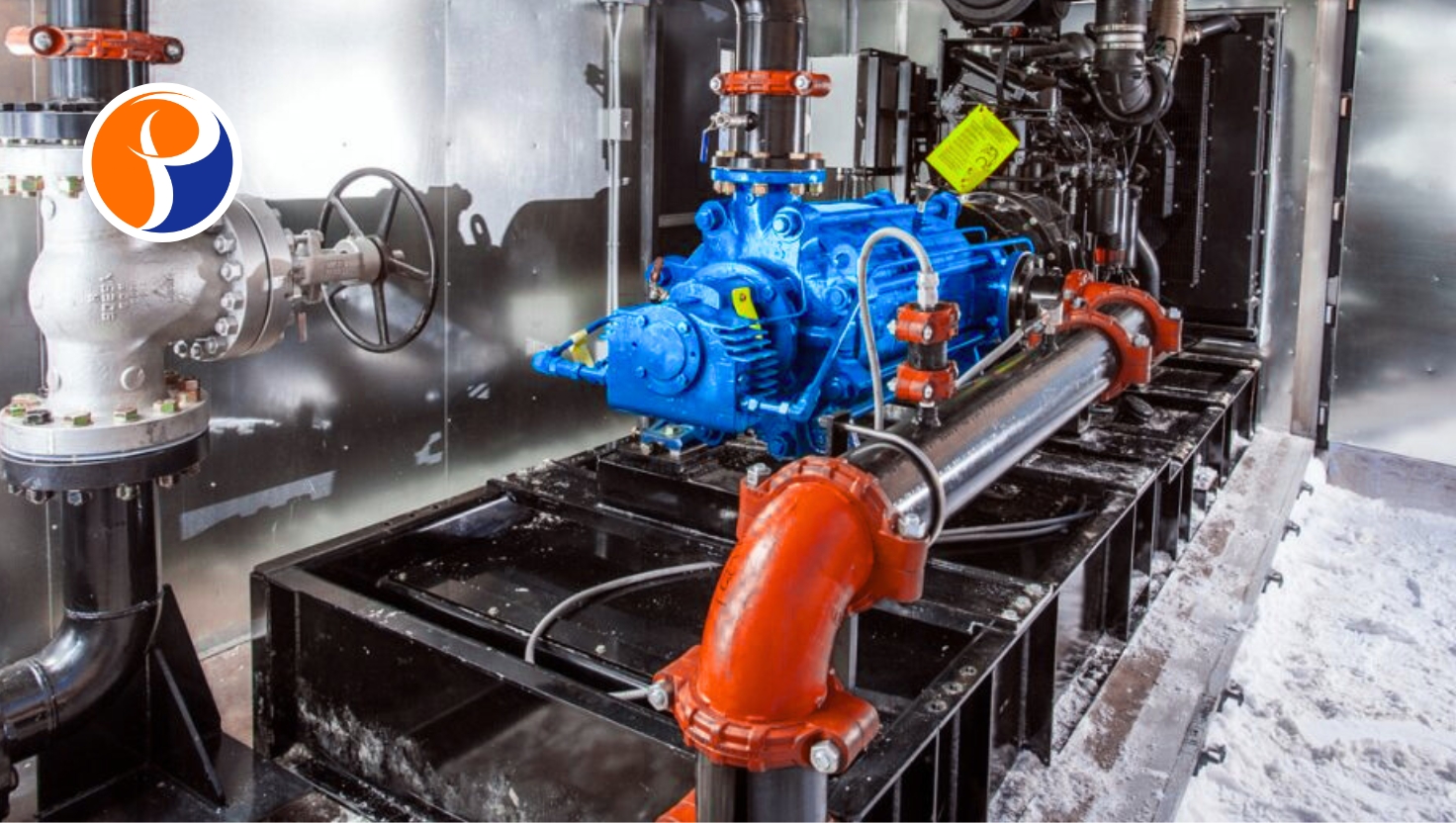
How to Maintain Multistage High-Pressure Pumps
Maintaining a multistage high-pressure pump can seem daunting, but it becomes a manageable and necessary part of ensuring long-term performance with the right approach and understanding. Whether you’re responsible for keeping the pump running smoothly in a factory, a water treatment facility, or any other industrial setting, pump maintenance is crucial to avoid costly repairs and unexpected downtime.
This article will walk you through the essential steps to maintain your multistage high-pressure pumps properly. We’ll also explore some tips, tricks, and common mistakes to avoid. So, let’s dive right in!
What is a Multistage High-Pressure Pump?
Before getting into the maintenance, let’s quickly define a multistage high-pressure pump. These pumps are commonly used in applications requiring high pressure to move liquids, such as water or chemicals, over long distances or up to high elevations. Unlike single-stage pumps, which operate with a single impeller, multistage pumps feature multiple impellers that work in tandem to generate higher pressure.
Now that we know what we’re working with, let’s move on to keeping it in top condition!
Regular Inspection and Cleaning
Inspecting the Pump Components
Regular inspection is key to maintaining any pump, and a multistage pump is no exception. The first step in pump maintenance is checking for wear and tear on the pump’s components. This includes the bearings, seals, impellers, and other moving parts. You don’t need to take the pump apart every time, but doing a quick visual inspection every few months can save you a lot of headaches later on.
Be sure to check for any leaks around seals or valves. Even a small leak can eventually cause more damage, so it’s best to catch it early.
Cleaning the Pump
A clean pump runs more efficiently. Dust, dirt, or any buildup in the system can clog pipes or impair performance. Always clean the pump casing, suction and discharge openings, and check for debris that might obstruct the flow. If the pump is used in an environment exposed to corrosive materials, use cleaning agents specifically designed for that purpose.
Regular cleaning reduces the chances of contamination and ensures smooth and efficient pump operation.
Lubrication and Oil Checks
The Importance of Lubrication
Lubricating your pump’s moving parts is essential to ensuring its longevity. Pump service often involves ensuring that the bearings and seals are adequately lubricated. Lack of lubrication can cause friction, wear, and even pump failure. The frequency of lubrication depends on the specific manufacturer guidelines, but checking lubrication levels every 1000 hours of operation is generally recommended.
Use the correct type of lubricant that’s recommended for your pump model. Don’t just use anything lying around—your pump deserves better!
Oil Checks and Replacements
If your pump uses oil, check the oil level regularly. Low oil levels can lead to overheating and system failure. Be sure to replace the oil according to the manufacturer’s recommendations to keep everything running smoothly.
Tip: Always use clean, high-quality oil to ensure maximum protection and efficiency for your multistage pump.
Pressure and Flow Rate Monitoring
Monitor Pump Pressure
Maintaining the correct pressure in a multistage pump is vital for optimal operation. High or low pressure can damage the pump and reduce efficiency. Regularly check the pressure gauges and compare readings with the manufacturer’s recommended values.
If the pressure fluctuates more than usual, it could indicate an issue with the pump or system, like a blockage or a malfunctioning component.
Check Flow Rate Regularly
The flow rate is another critical parameter to monitor. A sudden drop in flow rate can signal that the pump is not performing efficiently. Over time, wear and tear can cause parts to degrade, and monitoring the flow will help catch problems before they lead to severe damage.
Tip: Use flow meters to closely monitor the system’s performance, so you can take action when something’s off.
Addressing Common Issues
Worn Impellers and Seals
One of the most common issues with multistage pump maintenance is the wear on impellers and seals. These parts experience significant stress as they handle high pressure and flow rates. Over time, they can become worn or corroded, which leads to inefficiency and leaks.
If you notice a decrease in performance, it’s time to replace the impellers or seals. This should be done regularly, depending on how often the pump is used.
Excessive Vibration or Noise
Excessive vibration or noise is a warning sign that something’s wrong. It could indicate that the pump’s alignment is off, there’s an issue with the bearings, or something is interfering with the flow. These issues can lead to more severe problems, including pump motor failure if left unchecked.
If the pump starts vibrating or making strange noises, stop the system immediately, check the alignment, and make the necessary adjustments.
Replacing Worn Parts
When to Replace Parts
During regular pump maintenance, you’ll encounter worn parts that need replacement. Bearings, seals, and impellers can wear down over time, so keeping track of their condition is essential. Don’t wait until the pump breaks down to replace a part—being proactive will save you time and money in the long run.
Keep a stock of critical parts on hand for quick replacements. This ensures minimal downtime and reduces the risk of emergency repairs.
Choosing Quality Parts
When it’s time to replace parts, use high-quality components. Cheap parts may seem like a good deal, but they can often cause more harm than good. Always go for parts compatible with your specific pump model and follow the manufacturer’s guidelines.
Tip: Consult your manufacturer’s manual or a professional to ensure you use the correct replacement parts.
Professional Pump Repair Services
While regular maintenance can prevent many issues, there may come a time when your multistage pump requires a professional touch. If you’re experiencing persistent problems despite performing all the maintenance steps, it might be time to call a pump repair expert.
A professional technician can diagnose any underlying issues and provide a solution, whether replacing worn parts, addressing alignment issues, or fixing any other mechanical faults.
At Pumpsservices.com, we specialize in pump service, maintenance, and repair for multistage high-pressure pumps. Whether you need routine maintenance or a full system overhaul, our team is here to help. Contact us today at +966597747661 or email us at info@pumpsservices.com to learn more!**
Final Thoughts
Maintaining a multistage high-pressure pump doesn’t have to be complicated. By performing regular inspections, cleaning, lubrication, and monitoring, you can keep your pump in top condition for years. Pay attention to any signs of trouble, replace worn parts promptly, and don’t hesitate to call the experts when necessary.
With proper maintenance, your pump will continue to operate at its best, reducing the likelihood of breakdowns and ensuring efficiency. After all, a well-maintained pump is a happy pump!
